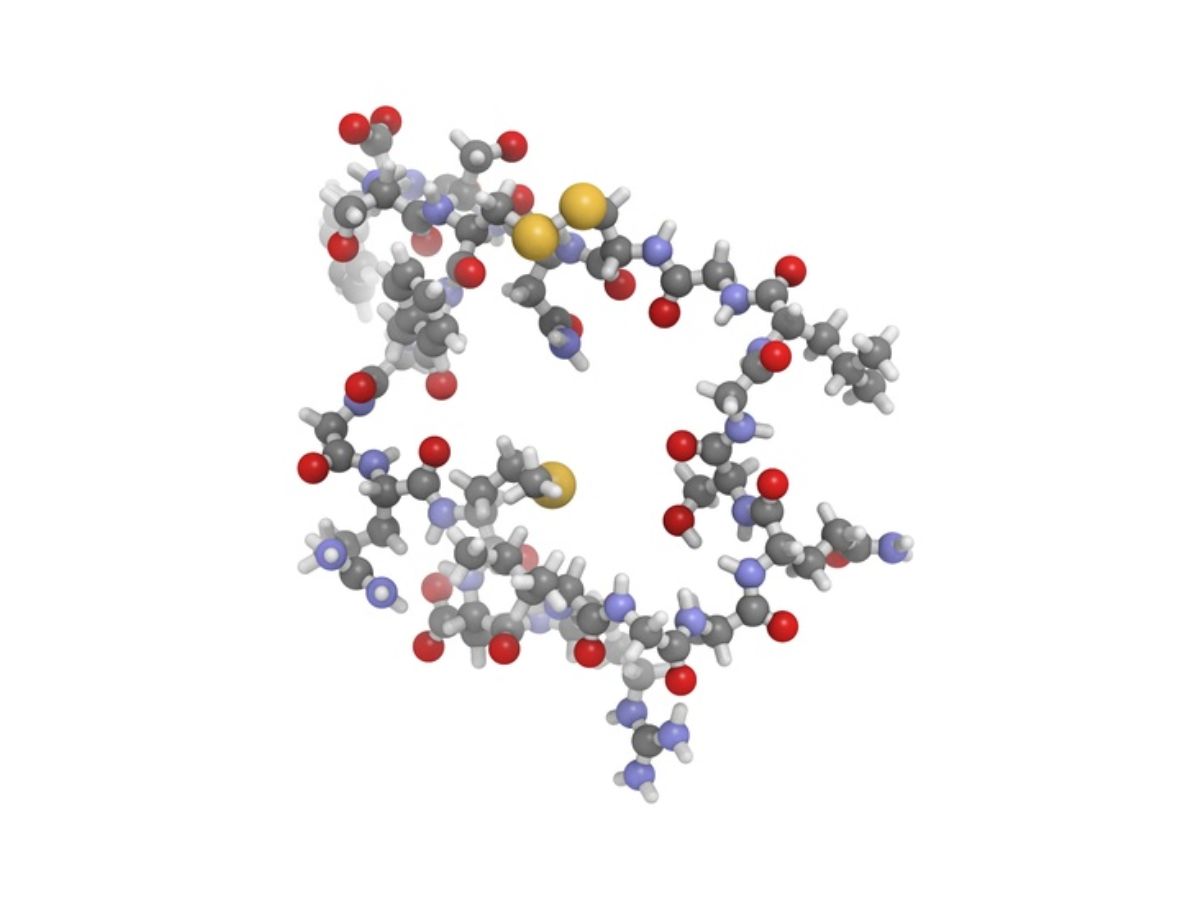
Ankyloblepharon Filiforme Adnatum (AFA) is a rare congenital condition where the eyelids are partially or completely fused together by fine bands of tissue. This condition can be associated with other anomalies, such as cleft palate, which is a split or opening in the roof of the mouth. These conditions can present challenges for newborns, affecting their ability to feed and breathe properly. Understanding the intricacies of AFA and its connection to cleft palate is crucial for early diagnosis and treatment. This post will delve into 20 intriguing facts about these conditions, shedding light on their causes, symptoms, and treatment options.
What is Ankyloblepharon Filiforme Adnatum?
Ankyloblepharon Filiforme Adnatum (AFA) is a rare congenital condition where the eyelids are partially or completely fused together by fine bands of tissue. This condition can be associated with other anomalies, such as cleft palate. Here are some intriguing facts about AFA and its connection to cleft palate.
-
Rare Occurrence: AFA is extremely rare, with only a few hundred cases reported worldwide.
-
Congenital Condition: This condition is present at birth, meaning it develops during fetal growth.
-
Eyelid Fusion: The fusion of the eyelids can vary from partial to complete, affecting one or both eyes.
-
Tissue Bands: The eyelids are connected by thin, fibrous bands of tissue, which can be delicate and easily broken.
-
Associated Anomalies: AFA is often found in conjunction with other congenital anomalies, such as cleft palate.
Understanding Cleft Palate
A cleft palate is a condition where there is an opening or split in the roof of the mouth. This can affect feeding, speech, and hearing. Here are some key facts about cleft palate.
-
Common Birth Defect: Cleft palate is one of the most common birth defects, affecting about 1 in 700 babies.
-
Types of Clefts: There are different types of clefts, including cleft lip, cleft palate, and combined cleft lip and palate.
-
Feeding Challenges: Babies with cleft palate often have difficulty feeding due to the gap in the roof of their mouth.
-
Speech Issues: Speech development can be affected, requiring speech therapy and sometimes surgery.
-
Hearing Problems: Children with cleft palate may experience hearing problems due to fluid buildup in the middle ear.
Connection Between AFA and Cleft Palate
The link between AFA and cleft palate is significant, as both conditions can occur together. Here are some facts about their connection.
-
Genetic Factors: Both AFA and cleft palate can be influenced by genetic factors, often running in families.
-
Syndromic Association: AFA and cleft palate can be part of a syndrome, such as Hay-Wells syndrome or EEC syndrome.
-
Surgical Intervention: Both conditions often require surgical intervention to correct the anomalies and improve function.
-
Early Diagnosis: Early diagnosis is crucial for managing both AFA and cleft palate effectively.
-
Multidisciplinary Care: Treatment often involves a team of specialists, including pediatricians, surgeons, speech therapists, and geneticists.
Treatment and Management
Managing AFA and cleft palate involves various treatments and interventions. Here are some important facts about their treatment.
-
Surgical Correction: Surgery is often needed to separate the fused eyelids in AFA and to repair the cleft palate.
-
Post-Surgical Care: Post-surgical care is essential for recovery and includes monitoring for complications and ensuring proper healing.
-
Speech Therapy: Speech therapy is crucial for children with cleft palate to help them develop clear speech.
-
Feeding Support: Specialized feeding techniques and devices can help babies with cleft palate feed more effectively.
-
Ongoing Monitoring: Regular follow-up with healthcare providers is necessary to monitor growth, development, and any potential complications.
Understanding Ankyloblepharon Filiforme Adnatum and cleft palate helps in providing better care and support for affected individuals.
Final Thoughts on Ankyloblepharon Filiforme Adnatum and Cleft Palate
Understanding Ankyloblepharon Filiforme Adnatum and Cleft Palate can be a game-changer for parents and caregivers. These conditions, though rare, have significant impacts on a child's health and development. Early diagnosis and intervention are crucial. Medical advancements have made treatments more effective, improving quality of life for affected children.
Parents should seek support from healthcare professionals and connect with support groups. Knowledge is power, and being informed helps in making the best decisions for your child's well-being. Remember, you're not alone in this journey; many resources are available to guide you.
Stay proactive, keep learning, and advocate for your child's needs. With the right care and support, children with these conditions can lead fulfilling lives.
Was this page helpful?
Our commitment to delivering trustworthy and engaging content is at the heart of what we do. Each fact on our site is contributed by real users like you, bringing a wealth of diverse insights and information. To ensure the highest standards of accuracy and reliability, our dedicated editors meticulously review each submission. This process guarantees that the facts we share are not only fascinating but also credible. Trust in our commitment to quality and authenticity as you explore and learn with us.


